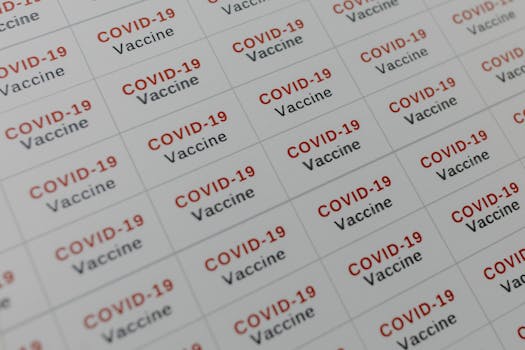
Table of Contents
- Overview of Obesity Statistics
- The Global Impact of Obesity
- Effective Prevention Strategies
- The Role of Community in Obesity Prevention
Overview of Obesity Statistics

In the United States, the Centers for Disease Control and Prevention (CDC) reports that the prevalence of obesity was 41.9% in 2017-2018, a significant increase from previous years. This rising trend is largely attributed to poor diet, sedentary lifestyles, and socio-economic factors.
Infographics can effectively convey the relationship between obesity rates and other health issues, such as diabetes, heart disease, and certain cancers. For instance, studies show that individuals with obesity are at a higher risk of developing type 2 diabetes, which affects approximately 34.2 million Americans.
Furthermore, childhood obesity is a growing concern, with the CDC indicating that the prevalence among children and adolescents has increased dramatically over the past few decades. In 2017-2018, the prevalence of obesity was 19.3% among children and adolescents aged 2-19 years.
The Global Impact of Obesity

Moreover, the stigma associated with obesity can lead to discrimination and social isolation. Infographics highlighting the psychological impacts of obesity can raise awareness about the need for empathy and support for those affected.
Globally, the WHO has identified obesity as a significant risk factor for various non-communicable diseases. Infographics can depict the correlation between obesity and other diseases, emphasizing the urgency of addressing this public health crisis.
Effective Prevention Strategies

One of the most effective strategies is encouraging a balanced diet rich in fruits, vegetables, whole grains, and lean proteins. Infographics can provide visual representations of healthy plate models, making it easier for individuals to understand portion sizes and food choices.
Additionally, regular physical activity is crucial in preventing obesity. The CDC recommends at least 150 minutes of moderate-intensity aerobic activity per week for adults. Infographics can illustrate various forms of exercise that individuals can incorporate into their daily routines, making it accessible and achievable.
The Role of Community in Obesity Prevention

Schools also have a significant impact on children’s health. Infographics can outline effective school-based initiatives that encourage healthy eating and physical activity, such as incorporating more physical education classes and providing healthier meal options in cafeterias.
By fostering a supportive community environment, we can help individuals make healthier choices and combat the obesity epidemic together.




